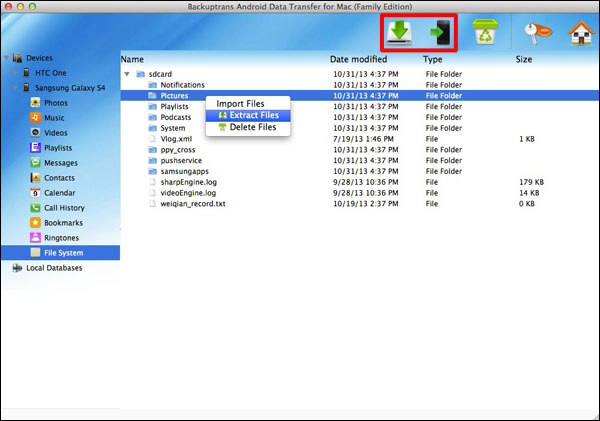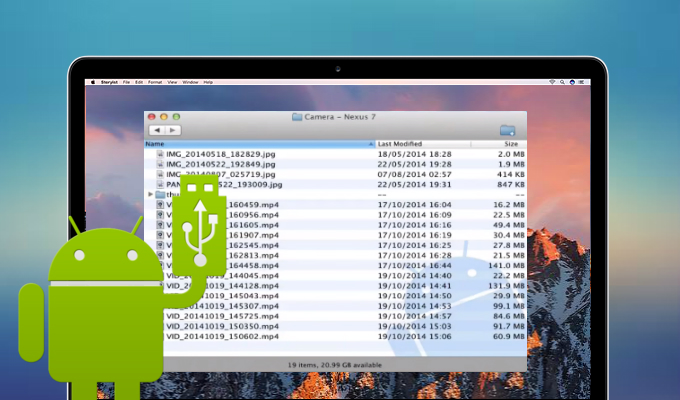

- #Mac android file transfer could not connect to device how to
- #Mac android file transfer could not connect to device mac os
- #Mac android file transfer could not connect to device download
- #Mac android file transfer could not connect to device windows
#Mac android file transfer could not connect to device mac os
Despite being the official file transferring tool between Android and Mac OS devices, it seems to be a hit-and-miss sometimes. But when it comes to Mac OS, this method simply doesn’t work, since you need Google’s Android File Transfer tool.
#Mac android file transfer could not connect to device windows
Android File Transfer not working – Solutions On a Windows PC, you can simply plug in your Android device in MTP mode and transfer files right away. There is only one officially supported way of connecting your Android device to a Mac computer, being Android File Transfer. Apple offers little to no cross-compatibility with Microsoft Windows as well as Android OS for its computer platform. While Android OS continues to be the shining example of freedom, iOS, and Mac OS too, has always been introverted. After the demise of Symbian OS and the failed takeoff that was the Windows Phone, there are only two mobile market leaders in the picture as of now – Android OS and iOS.The two mobile platforms may share the love and affection of millions of users, but they are fundamentally different. While it may have been considered the “next best thing” at the beginning Android OS has progressed rapidly under Google.
#Mac android file transfer could not connect to device how to
Android can also use ext4 or any other file system it wants - Windows doesn't have to understand the file system, only Android does.Stuck with your important data in the limbo because the Android File Transfer not working on your Mac device? Here’s a guide on how to make the official Android-Mac file transfer client work, and alternatives to replace it entirely.Back in the day when Nokia was the supreme leader of the mobile market, the second-place fight was competitive. Your computer doesn't need exclusive access to the storage device, so there's no need to connect the storage, disconnect it, or have separate partitions for different types of data. If you attempt to delete or edit a file that can't be modified, the device will refuse the request and you'll see an error message. When you delete a file, your computer sends a signal to the device saying, "please delete this file," and the device can delete it.Īndroid can choose the files it presents to you, and hide system files so you can't see or modify them. If a computer wants to upload a file, it sends the file to the device and the device chooses to save it.
#Mac android file transfer could not connect to device download
The computer can download a file - it will request the file from the device, and the device will send the file over the connection. Instead, when you connect a device to your computer, the computer queries the device and the device responds with a list of files and directories it offers.

Your Android device doesn't expose its entire storage device to Windows. Rather than exposing your Android device's raw file system to Windows, MTP operates at the file level. This protocol works very differently from USB mass storage. Any files or apps stored on the SD card or USB storage would be unavailable when it was connected to the computer. When you connected the storage to the computer, it was disconnected from the Android operating system running on the device. Whatever device is accessing the storage needs exclusive access to it. There were problems with the way this worked. The drive makes itself completely available to the computer, just as if it were an internal drive. USB mass storage is the standard protocol used by flash drives, external hard drives, SD cards, and other USB storage devices. When disconnecting it from the computer, you'd have to tap a "Turn off USB storage" button. When you connected your Android device to your computer, you'd have to specifically tap a "Connect storage to PC" button to make the Android device's storage accessible to the computer over USB mass storage. USB mass storage - also known as "USB mass storage device class," USB MSC, or UMS - was the way older versions of Android exposed their storage to a computer. Why Modern Android Devices Don't Support USB Mass Storage


 0 kommentar(er)
0 kommentar(er)
